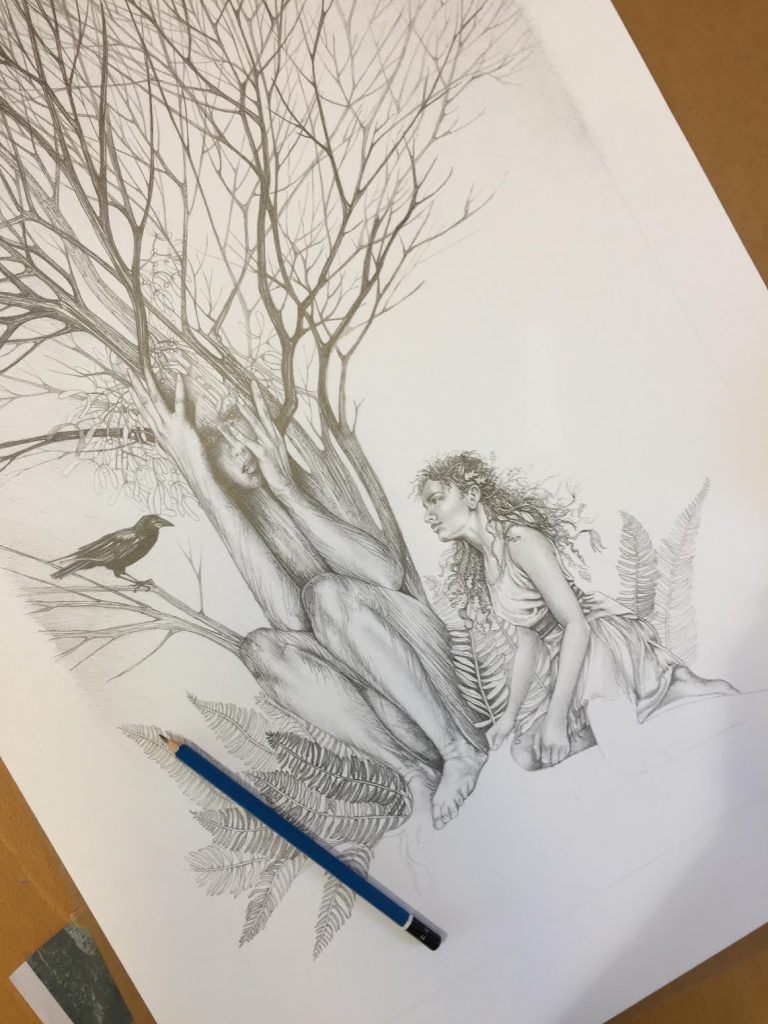If you’re studying this book as part of a readers’ group guide, here are a few resources that you may find helpful.
This book is loosely based on Child Ballad 295, The Brown Girl. Explore the original version(s) of this ancient ballad here.
Much of this story is embedded in British folklore and tradition related to the passing of the seasons. Find out more about seasonal traditions here.
The brown girl lives by foraging in the woods. Get inspiration from some of these forest-themed recipes…
Need some cocktail inspiration? Try these blackberry-inspired forest cocktails here….
Discover the illustrations of Bonnie Helen Hawkins here….
Questions For Group Discussion:
- The “brown girl” of the ballad is racially ambiguous: is she racially different? Brown-skinned because she lives in the open? Brown for some other reason? The author keeps this ambiguity throughout. Why?
- The story begins in spring and spans the whole year. What is the significance of the brown girl’s journey from May Eve to the May Day of the following year?
- The travelling folk have the ability to “pass into” other creatures. How does the travelling girl use this skill, and why is it so important to her?
- As in THE BLUE SALT ROAD, the act of naming one of the Travelling Folk cuts them off from their heritage and their powers. What parallels do you see with this in real life?
- At first, the travelling girl is happy to give up her identity to be with the man she loves. Why does this change? Would it have been inevitable, whatever the circumstances?
- In what way can this story be seen as afable about gender? Or one about race? Or class?
- The hawthorn tree is a cruel teacher. In what way is hers the voice of experience?
- Do you think there needs to be a choice between love and freedom? Why?
- The travelling folk are used as scapegoats for any mishap befalling the village. Why? How do you explain this traditional fear of the Other? Can you see any parallels between this and real life situations?
- There is a strong sense of our connection and closeness with the natural world in this book. How does the author convey it? What does it make you feel?
- In most folk stories of this kind (the Little Mermaid, etc.), the magical girl has to give up her powers to “deserve” love. In what way is this interpretation of the Magical Girl story different?
- The author has spoken about her belief that fairy stories are the “secret language of the human subconscious”. What do you thnk is the secret message concealed in this story?
- Why do you think William has to die in order to complete the travelling girl’s destiny? What role will she now take , now that the circle is complete?
- In what way could this be said to be a story about Nature in opposition with Humankind?
- What role does the landscape and the natural world play in this tale, and how does the author keep us aware of it?

